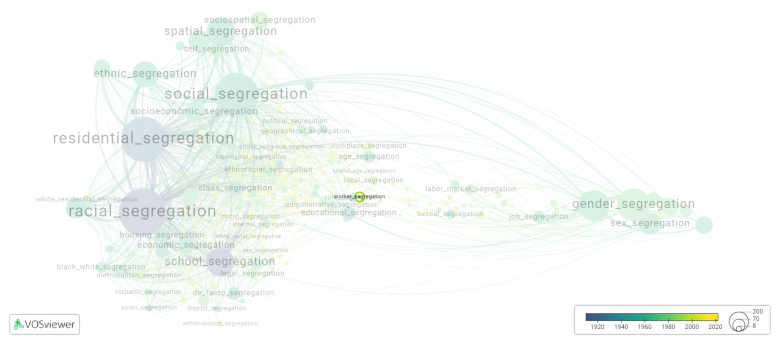Worker segregation
Date and country of first publication[1]
2005
Portugal
Definition
Worker segregation refers to the separation of workers based on certain characteristics or criteria, such as race, gender, age, or job role. This can lead to unequal treatment and opportunities for different groups of workers, ultimately creating a divided workforce. Worker segregation can result in discrimination, lower morale, and decreased productivity in the workplace. Organizations should strive to promote inclusivity and diversity among their employees to create a more harmonious and equitable work environment.
See also
Related segregation forms
Worker segregation is frequently discussed in the literature with the following segregation forms:
This visualization is based on the study The Multidisciplinary Landscape of Segregation Research.
For the complete network of interrelated segregation forms, please refer to:
References
Notes
- ↑ Date and country of first publication as informed by the Scopus database (December 2023).
Worker segregation appears in the following literature
Vieira J.A.C., Cardoso A.R., Portela M. (2005). Gender segregation and the wage gap in Portugal: An analysis at the establishment level. Journal of Economic Inequality, 3(2), 145-168. Springer Netherlands.https://doi.org/10.1007/s10888-005-4495-8
De Melo R.L. (2018). Firm wage differentials and labor market sorting: Reconciling theory and evidence. Journal of Political Economy, 126(1), 313-346. University of Chicago Press.https://doi.org/10.1086/695505
Schneck C. (2021). Trends in Wage Inequality in the Netherlands. Economist (Netherlands), 169(3), 253-289. Springer.https://doi.org/10.1007/s10645-021-09388-z

